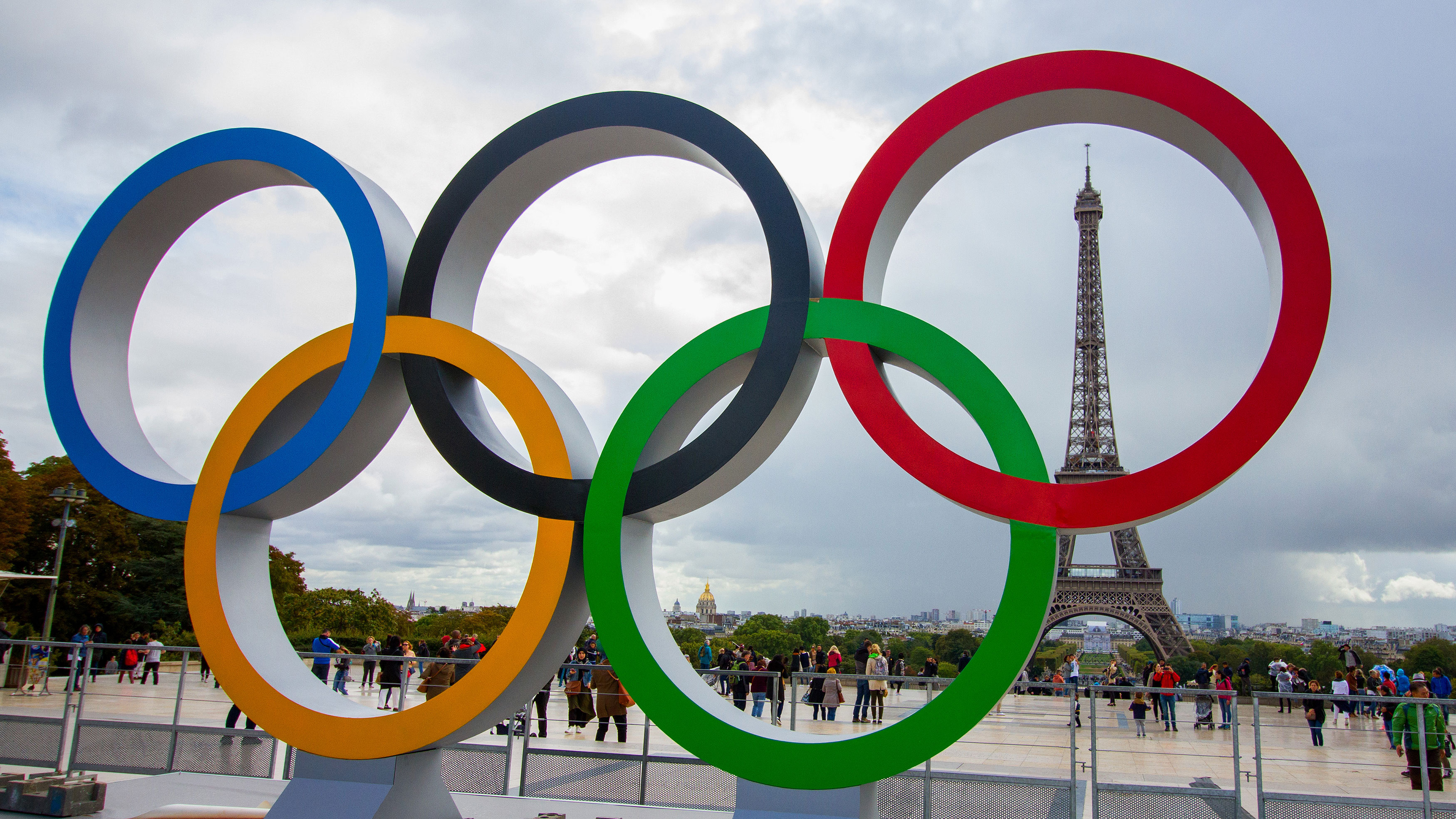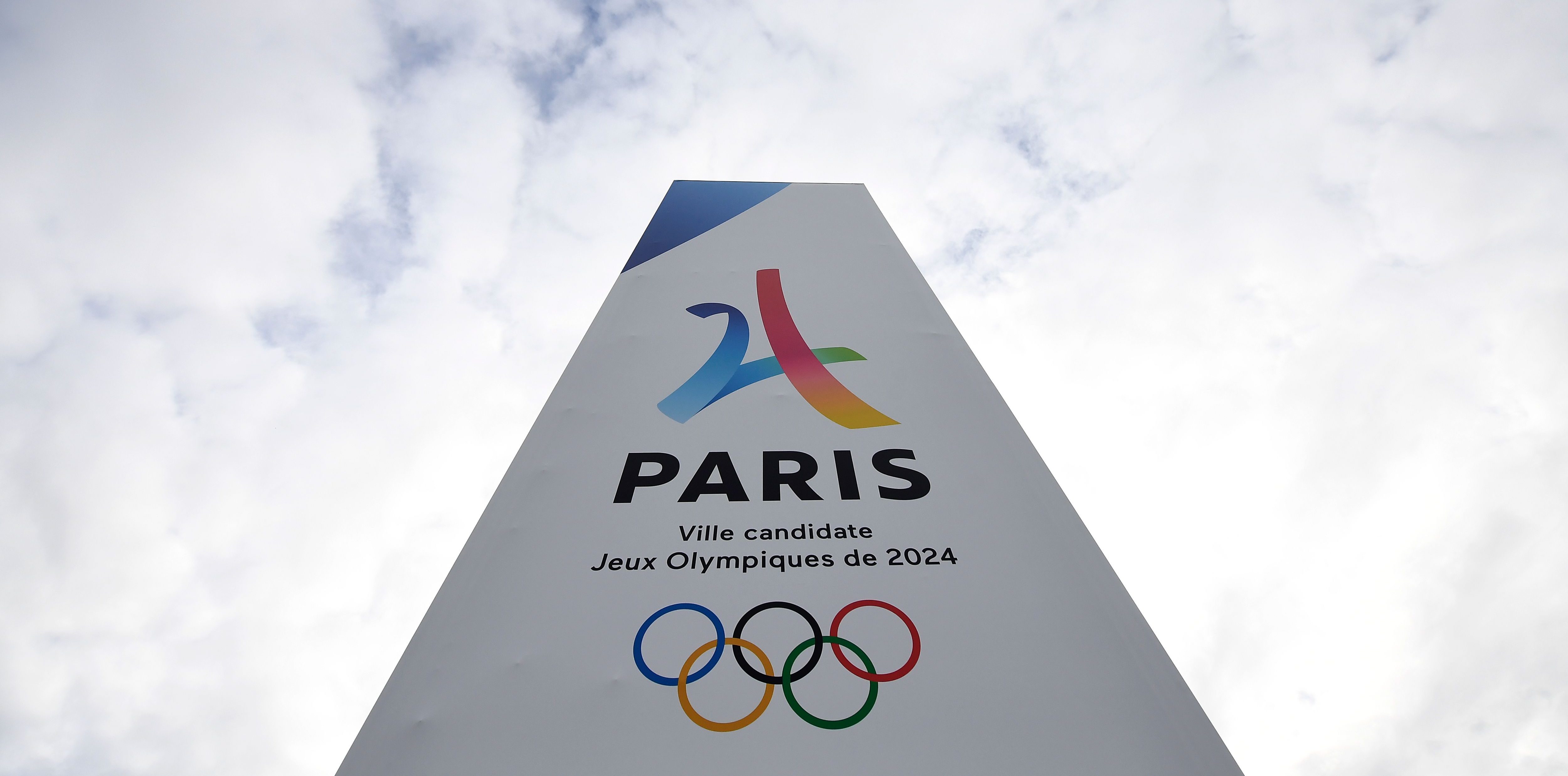The world’s strongest and most skilled paddlers are heading to Paris.
Canoeing and kayaking have been part of the Olympics for a full century and will be back for the 2024 Games with a new event.
Watch NBC6 free wherever you are
>Before the competitors hit the water, get familiar with the canoeing history, events and rules to know for the 2024 Paris Olympics:
What’s the difference between canoeing and kayaking?
Get local news you need to know to start your day with NBC 6's News Headlines newsletter.
>Canoeists kneel in their boat and use a single-bladed paddle on one side at a time. Kayakers sit in their boat and use a double-bladed paddle.
As an Olympic sport, “canoeing” includes both canoe and kayak events.
When did canoeing become an Olympic sport?
Canoeing made its Olympic debut as a demonstration sport 100 years ago at the 1924 Paris Games. It became a competition sport at the 1936 Berlin Olympics and has been featured at every Summer Olympics since.
Olympics canoeing medal table
Hungary has the most total canoeing medals in Olympics history with 86: 28 gold, 31 silver and 27 bronze. Germany (34) and the Soviet Union (29), however, have more gold medals.
The U.S. is tied for the 14th-most Olympic canoeing medals in history with 17: six gold, five silver and six bronze. Nevin Harrison earned Team USA its lone canoeing medal at the 2020 Tokyo Olympics by winning gold in the women’s C-1 200m.
2024 Olympics canoeing and kayaking events
There will be 16 canoeing medal events at the Paris Olympics, including the first ever kayak cross events:
Sprint
- Men's kayak single (K-1) 1000m
- Women's kayak single (K-1) 500m
- Men's kayak double (K-2) 500m
- Women's kayak double (K-2) 500m
- Men's kayak four (K-4) 500m
- Women's kayak four (K-4) 500m
- Men's canoe single (C-1) 1,000m
- Women's canoe single (C-1) 200m
- Men's canoe double (C-2) 500m
- Women's canoe double (C-2) 500m
Slalom
- Men's kayak slalom
- Women's kayak slalom
- Men's canoe slalom
- Women's canoe slalom
- Men's kayak cross
- Women's kayak cross
Where will canoeing be held at the 2024 Olympics?
All canoeing events will be held at the Vaires-sur-Marne Nautical Stadium, about 20 miles outside of central Paris. The venue opened in 2019 and was the first new Olympic facility to be completed for the 2024 Games.
The Vaires-sur-Marne Nautical Stadium will also host all rowing events.
2024 Olympics canoeing schedule
All canoeing events will be held from Saturday, July 27, through Saturday, Aug. 10.
Slalom events will run from July 27 through Monday, Aug. 5. Sprint events will run from Tuesday, Aug. 6, through Aug. 10.
What’s the difference between sprint and slalom?
Sprint races are held on flatwater and feature sprints across distances: 200m or 500m for women and 500m or 1,000m for men.
Slalom races, on the other hand, are held in an artificial white-water course. Competitors have to navigate through a course with gates — generally 18 to 25, including some that require the competitors to paddle upstream — as fast as possible while trying not to incur penalties, which come from missing or touching gates.
What is kayak cross?
Instead of going one at a time like other slalom races, kayak cross features four competitors taking on a white-water course simultaneously.
Olympics canoeing competition format
Kayak cross begins with time trials before moving to heats. All other sprint and slalom events begin with heats.
From there, canoeing events have a varying number of rounds (quarterfinals, semifinals) ahead of the medal final.
Olympic canoeing rules to know
Sprint races
Olympic sprint races use a mechanical starting gate. A starter says “start within 10 seconds,” and their words are followed by a sound from the starting system. If a competitor begins to paddle after the words are said but before the sound from the starting system, the boat is issued a false start. If a boat gets two false starts, it is disqualified.
Olympic sprint races also have a “five-meter rule,” which aims to prevent a boat from riding another boat’s wake. If a boat gets within five meters of another boat, the course umpire gives the boat in violation a red flag. After the race, the competition committee determines whether or not the boat should be disqualified.
Boats can be disqualified for failing to stay in their lanes or capsizing.
Slalom races
As mentioned before, slalom competitors receive penalties for touching or missing gates.
Kayak cross
As for kayak cross, competitors may make contact with another boat, but they are not allowed to ram into other competitors’ bodies. Competitors are also not allowed to use their paddle to prevent another competitor from moving forward.
Kayak cross competitors drop into the white-water course from an elevated ramp. Breaking the start could lead to disqualification.
Competitors must also complete an eskimo roll during their race. The maneuver requires the competitor to flip a full 360 degrees into the water with the kayak and landing upright.





